Mumbai Airport to the City Center
You have just arrived at Chhatrapati Shivaji Maharaj International Airport in Mumbai, which is commonly regarded as one of the busiest airports in all of India. The atmosphere is thick with anticipation (and perhaps a hint of monsoon humidity), and your mind is buzzing with questions pertaining to how to get to the central business district of the city. The option that is the quickest is… Will I be unable to move because of the traffic? Let us cut through the confusion and provide you with all the information you require to successfully navigate this legendary journey like a seasoned professional.
How Important Is Your First Impression When You Visit Mumbai?
The moment you step out of Mumbai Airport, it is as if you are entering a Bollywood film with great enthusiasm. The atmosphere is electric, with the sound of taxi drivers calling out destinations, the sound of autorickshaws zipping by, and the unmistakable scent of street food wafting through the air. To prevent yourself from becoming swept up in the excitement, however, take a few deep breaths. Your primary objective is crystal clear: arrive at the heart of the city in a timely manner.
The city center of Mumbai encompasses a number of different neighborhoods, including Nariman Point, Colaba, Fort, and Marine Drive. In these regions, you will find some of the most famous landmarks, the most lively markets, and some of the most delicious street food in all of India. But in order to take advantage of them, you will have to travel the 25–35 kilometer distance from the airport. Let’s determine what your choices are.
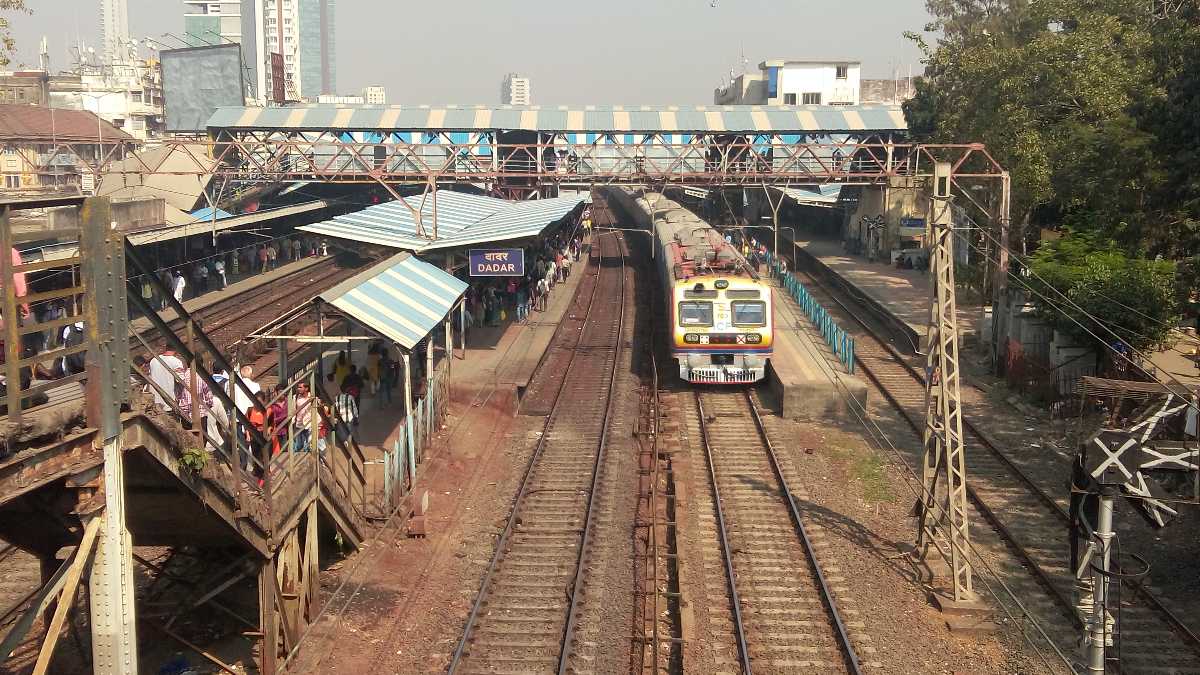
Access to a Wide Range of Transportation Options, From Speedy Rides to Local Adventures
- The best option for door-to-door comfort is the taxi.Taxis are the service of choice for travelers who place an emphasis on convenience. You will find two different kinds at the Mumbai Airport:
- To reserve a prepaid taxi, call the official counters located inside Terminal 1 or Terminal 2. Rather than haggling, you will pay the total amount up front based on your destination.
- Use the free Wi-Fi at the airport to book a ride using an app-based ride service such as Uber or Ola. Typically, drivers wait in the areas that have been designated for pickup.
- Depending on the traffic and the destination, the cost ranges from ₹500 to ₹1,000.
- Time Required for Travel: 45–90 Minutes (Mumbai’s traffic is notorious; try to avoid peak hours such as 8–11 AM and 5–8 PM as much as possible).
- Advice: Always have a few small bills on hand. The drivers frequently assert that they do not possess any change for ₹2,000 notes.
- Autorickshaws offer a local experience that is both low-cost and enjoyable.In Mumbai, autorickshaws, also known as “autos,” are a common sight; however, they are only permitted to operate in the city’s suburban areas. This is the most cost-effective option for you if your hotel is located in Andheri or Bandra.
- The cost ranges from ₹100 to ₹300 for shorter miles.
- Travel Time: Comparable to that of taxis, but you should be prepared for a more bumpy and noisy ride.
- Where Can You Catch Them? Make sure you look for parking lots outside of the airport. Drivers who offer rides inside the terminal should be avoided because they frequently lack a valid license.
- The Best Buses: For Those Who Are Patient and Interested in Adventure The BEST buses, which are blue and silver in color, are Mumbai’s lifeline. In more than ninety minutes, Route A-320 connects Terminal 1 to Churchgate Station, which is located in the city center.
- There is a price range of ₹15–₹25.
- Duration of travel: 90–120 minutes (depending on traffic conditions).
- It is important to be aware that buses can be crowded, and it can be challenging for first-time riders to navigate routes. To keep track of things in real time, use the Chalo app.
- The Metro: The Transportation System of the Future in MumbaiAlthough it is possible to travel from Dahisar to DN Nagar via the Yellow Line of the Mumbai Metro, the airport is not yet accessible via this line. By 2024, however, a new line that is currently under construction will connect the airport to the central business district. It is not possible to take the metro at this time unless you are going to Ghatkopar or Versova with your destination.
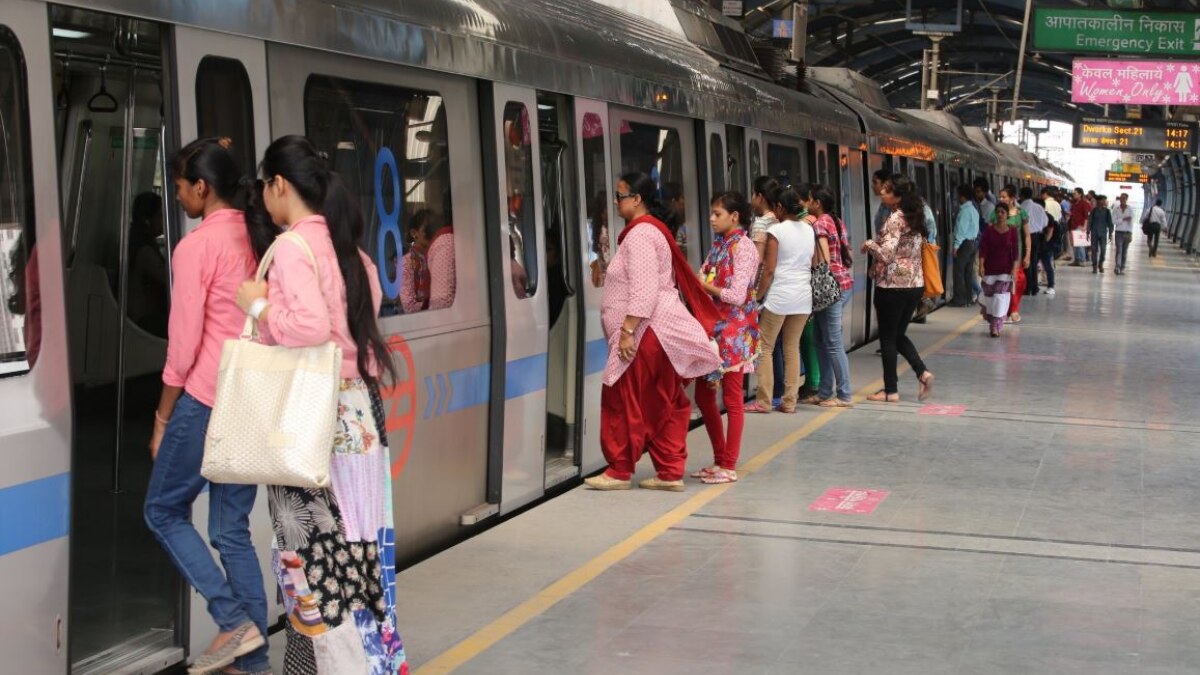
A Comparison Table: Which Alternative Is Most Appropriate for You? ()
The optimal mode of transportation, cost range, travel time, and comfort for
| Transport | Taxi | Auto-rickshaw | BEST Bus | Metro (Future) |
| Cost Range | ₹500 to ₹1,000 | ₹100 to ₹300 | ₹15–₹25 | ₹50–₹100 (estimated) |
| Travel Time | 45 to 90 minutes | 45 to 90 minutes | 90–120 minutes | 30–45 minutes (estimated) |
| Recommended for | tickets range from ₹500 to ₹1,000 and take between 45 and 90 minutes. | Price range: ₹100 to ₹300, travel time: 45 to 90 minutes Low-cost travelers | Best Bus: ₹15–₹25, 90–120 minutes, for medium-adventurous couples traveling alone | Metro (Future): ₹50–₹100 (estimated) 30–45 minutes (estimated) High-speed travel that is entirely free of traffic |
The Things That You Must Be Aware Of Without a Doubt
The process of navigating through the airport.
Two terminals are available at Mumbai Airport:
- Domestic flights (IndiGo and GoAir) are handled at Terminal 1 (T1) of the airport.
- At Terminal 2 (T2), you can find international flights as well as some domestic flights (Air India and Vistara).
- Every fifteen minutes, free shuttle buses connect the terminals to one another.
Time is everything, as the saying goes.
When you are at work, Mumbai’s traffic is at its worst, so try to avoid rush hour. It will take you thirty to forty minutes to reach the city if you arrive late at night or early in the morning.
Due to the monsoon season, which lasts from June to September, roads are flooded and traffic is slowed down. Bring a raincoat with you, and take taxis rather than take a car.
How Important Is Money?
When it comes to currency exchange, the counters at the airport offer reasonable service. Take out cash from the automated teller machines (which are located close to the baggage claim area).
An introduction to haggling: drivers of autorickshaws may offer prices that are exaggerated. Demand that the meter be used in a polite manner, or leave the area.
Maintain a connection: 📱
Purchase a prepaid SIM card at the airport (Airtel or Vodafone) to use with your SIM card. You will need a photocopy of your visa as well as a photocopy of your passport.
If you want to navigate without using data, you can use offline maps by downloading Google Maps or Maps.me.
What to Anticipate While Traveling
The roads of Mumbai are a cacophony of honking horns, zigzagging bikes, and pedestrians who are not afraid to take risks. A guide to surviving the ride is as follows:
- The occurrence of traffic jams is unavoidable. Make the most of this time by taking in the sights, which include buildings from the colonial era, street vendors selling chai, and even the occasional cow strolling by.
- When traveling in crowded areas, it is best to keep your belongings close at hand, even though taxis and cars are generally safe.
- Language: The majority of drivers are able to communicate in English. Learn a few phrases in Hindi such as “Seedha chaliye” (which means “Go straight”) and “Yahaan rukna” (which means “Stop here”).
Pro Advice to Make Your Trip Go More Easily
Flights that land after 11 o’clock at night require you to make reservations in advance. When you want to avoid being stranded, book a taxi through Uber or Ola.
The amount of space available in automobiles and buses is restricted. You should spend more money on a taxi if you are carrying large suitcases.
Check out the Plaza Premium Lounge (T2) at the airport if you find yourself waiting for an extended period of time. This lounge offers showers, snacks, and Wi-Fi.
An Exploration of Mumbai’s Jewels: Itineraries, Restaurants, and Money-Saving Tips
Congratulations, you have arrived in the heart of Mumbai’s city center! What should I do first? Let’s turn that question around now. a game plan out of a state of panic. The city of Mumbai is a city that packs a punch with its combination of history, culture, and street food that will make your taste buds dance, regardless of whether you are here for a day or for a week. Let us dissect it in detail.
Day 1: Iconic Landmarks of Mumbai
Morning: Gateway of India and the Colaba Causeway
Begin your day early, between seven and eight in the morning, to avoid the crowds at the Gateway of India, which is the most famous landmark in Mumbai. During the visit of King George V in 1911, this imposing arch that looks out over the Arabian Sea was constructed as a gesture of respect. In order to achieve Instagram fame, you should take a picture with the Taj Mahal Palace Hotel in the background.
- To get here, take a taxi from the central business district, which will take you ten minutes, or walk from Churchgate Station, which will take you thirty minutes.
- The recommendation is to hire a local guide near the Gateway for a fee of ₹200 to ₹300. There will be stories told about how the Taj Hotel managed to survive the attacks that occurred in 2008, and they will point out details that are hidden within the architecture.
- After that, take a stroll along the Colaba Causeway, which is a lively street market where you can bargain for the following items:
- “Ray-Ban” sunglasses, priced at ₹500
- Handmade jewelry, which is perfect for giving as mementos
- T-shirts with a hip and trendy Mumbai theme
Lunch: Leopold Café is a feast for the senses when it comes to street food.
Visit the Leopold Café, which has been a landmark in Mumbai since the year 1871. It is a tourist destination, but it is well worth the trip because:
- “Butter Chicken” is a dish that is creamy, spicy, and goes exceptionally well with garlic naan.
- “Cold Coffee” is a thick, sweet beverage that is served in mugs that are frosted.
- Vegetable Kolhapuri is a spicy curry that is popular in Maharashtra.
- The budget ranges from ₹800 to ₹1,200 for two people.
Afternoon: Chowpatty Beach and Marine Drive
After lunch, take a stroll along Marine Drive, also known as the “Queen’s Necklace,” which is a seaside promenade that features curved Art Deco buildings and breathtaking ocean views. Don’t swim at Chowpatty Beach because it’s not clean, but when you get there, give it a shot:
- Pani Puri, which costs ₹30 for six pieces, consists of shells that are crisp and filled with tamarind water that has a spicy flavor.
- Kulfi (₹50) is a stick-based ice cream that has a creamy texture and a saffron flavor.
Evening: Dhobi Ghat and dinner in Kala Ghoda
Explore Dhobi Ghat, the largest open-air laundry in the world, and take a look around. A surreal scene is being created by thousands of workers washing clothes in concrete troughs. Entry is free, but a tip of ₹100 is expected for the guide.
The artsy district of Mumbai is Kala Ghoda, and you should go there for dinner. Trishna Restaurant is well-known for the following:
- “Butter Garlic Crab” (₹1,500) is a dish that is not only messy but also buttery and unforgettable.
- Hyderabadi Biryani, priced at ₹400, is a dish that combines fragrant rice with tender mutton.
Day 2: Culture, history, and hidden alleys
Morning: Elephant Caves Opening
Elephanta Caves can be reached by taking an early ferry from the Gateway of India, which costs ₹220 for a round-trip and takes one hour to travel. With intricate carvings of Hindu gods, these caves, which are listed by UNESCO, date back to the fifth century. If you want to reach the main cave, you will need to climb 120 steps.
- The guided tour costs ₹500 and includes an explanation of Shiva’s cosmic dance and other myths for a duration of one hour.
Lunch: Sassoon Dock serves only the freshest seafood
Once you are back in the city, make your way to Sassoon Dock, which is the oldest fishing port in Mumbai. Here at Gajalee, you can order:
- Tandoori Pomfret, priced at ₹600, is characterized by its smoky, spicy, and flaky flavor.
- The Malvani Fish Curry, priced at ₹450, is a curry made with local catch and a coconut-based gravy.
Afternoon: Chhatrapati Shivaji Maharaj Vastu Sangrahalaya
The Prince of Wales Museum, which is now known as this mouthful of a museum, is home to more than 50,000 artifacts. Be sure not to miss:
- Buddha statues dating back to the 11th century held in the Tibetan gallery.
- Be sure to check out the “Mona Lisa of India” when you visit the miniature paintings gallery.
- Entry fee is ₹100, with a student discount of ₹40. Open from 10:15 AM to 5 PM (no business on Mondays).
Evening: Chor Bazaar and Mohammed Ali Road
Get lost in Chor Bazaar, also known as “Thieves’ Market,” where you will find the following:
- Vintage Bollywood posters, priced between ₹200 and ₹500.
- Antique typewriters, which are wonderful for creating a quirky interior design.
- Jewelry that has been “previously loved” (go for the deal!).
When Ramadan is in effect, you should end your day at Mohammed Ali Road. There is a food carnival taking place on the street, which includes:
- Kebabs (₹80–₹150): If you are looking for something tender, try the seekh or bheja (brain) kebabs.
- Malpua, priced at ₹50, is a sweet and syrupy pancake dish that is served with rabri.
A Breakdown of Your Budget: How Much Money Are You Going to Spend?*
Listed below are the categories: Luxury (per day), Mid-Range (per day), and Budget (per day) accommodations.
| Category | Budget (per day) | Mid-Range (per day) | Luxury (per day) |
| Accommodations | ₹1,500 (hostels) to ₹4,000 (three-star hotels) | ₹1,500 (hostels) to ₹4,000 (three-star hotels) | ₹10,000+ (five-star hotels) |
| Food | ₹500 for street eats | ₹1,500 for cafes and additional restaurants | ₹3,000 or more for fine dining |
| Transportation | ₹200 for a bus or metro ride | ₹500 for a taxi and Uber | ₹1,500 for a private car |
| Attractions | ₹300 for museums and tips | ₹800 for guided tours | ₹2,000 or more for VIP experiences |
| Estimated Total for Each Day | ₹2,500 | ₹6,800 | ₹16,500 or more |
See the Comparison Table for Mumbai’s Most Popular Tourist Destinations
| Attraction | Price (in Indian Rupees) | Ideal Time to Visit | Must-Have Experience |
| Gateway of India | Free | Sunrise (6–8 AM) | Ferry ride to Elephanta Caves |
| Elephanta Caves | ₹600 or more | Weekdays (9–11 AM) | Guided mythology tour |
| Chhatrapati Shivaji Museum | ₹100 | Late Morning (11 AM–1 PM) | Miniature paintings gallery |
| Chor Bazaar | Variable | Early Afternoon (1–4 PM) | Shopping for vintage treasures |
| Mohammed Ali Road | Variable | Evenings (6–10 PM) | Kebabs serving during the holy month of Ramadan |
*Includes ferry, entry, and toy train in the price.
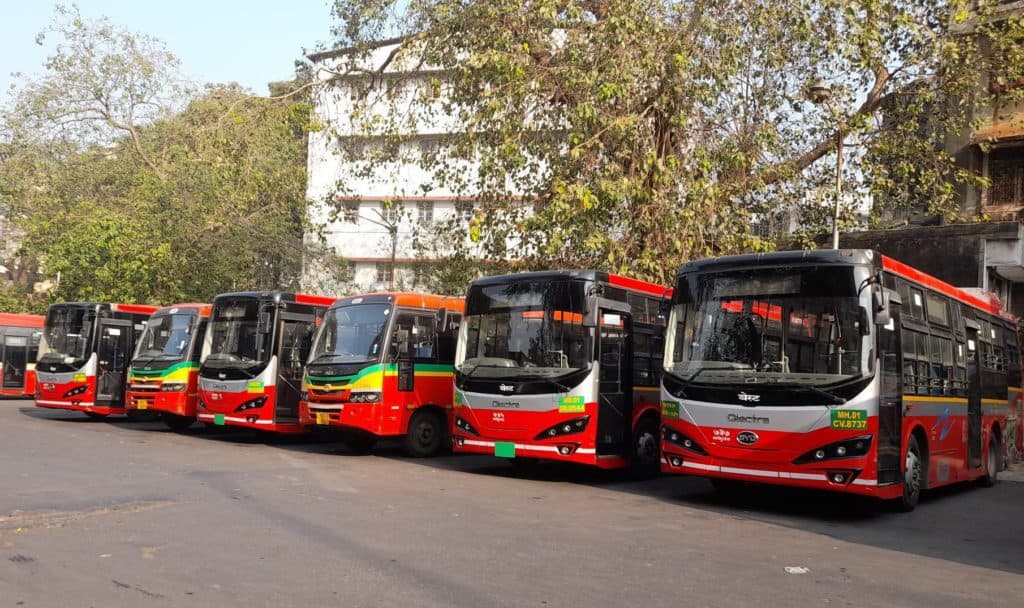
Foodie Cheat Sheet: Not Only What to Eat, but Where to Eat It”
a. 1. “Vada Pav” (₹15–₹25) is the “burger” of Mumbai. The best places to eat it are:
* This dish, known as Ashok Vada Pav (Kirti College Lane), is buttery, garlicky, and highly addictive.
* The Jumbo Vada Pav (available at multiple locations) is exceptionally crispy and spicy.
- [Pav Bhaji] (₹80–₹150) is a dish consisting of mashed vegetables with bread and butter. You could try the street stalls close to CST Station or the Cannon Pav Bhaji restaurant in Chowpatty.
- Bombay Duck Fry, priced between ₹300 and ₹500, is not a duck but rather fish! Gomantak Boarding (Dadar) is the company that excels at it.
- Kulfi Falooda, priced between ₹100 and ₹150, is a mixture of rose-flavored ice cream and noodles. It is K. Since 1953, Rustom (Churchgate) has been providing it with its services.
Chill out with some chaos.
Newcomers may find the energy of Mumbai to be overwhelming. Strike a balance between rowdy market crawls and quiet moments:
- It is an ancient stepwell that is surrounded by temples and is known as the Banganga Tank (Walkeshwar).
- The Hanging Gardens on Malabar Hill offer views of the sunset and topiary that are both fascinating.
Keeping yourself safe, being polite, and packing like a pro
You have traversed the chaotic streets of Mumbai, consumed the iconic landmarks of the city, and consumed the street food that the city has to offer. For now, let’s bring your journey to Mumbai to a close with some essential advice that will ensure a trip that is not only safe but also respectful of the local culture. These nuggets of wisdom will make your journey unforgettable, and for all the right reasons, regardless of whether you are a first-time traveler or a seasoned traveler.
Advice on How to Stay Safe While Traveling in Mumbai
Despite the fact that Mumbai is generally safe, it is important to remain vigilant in any major city. Here is how to make your trip as stress-free as possible:
- Watch out for pickpockets in areas with a lot of people.
- Festivals, local trains, and markets (Chor Bazaar and Colaba Causeway) are some of the most popular destinations.
- Use a crossbody bag that has zippers, store valuables in the front pockets, and avoid flashing expensive electronic devices. These are the things you should do.
- App-based rides and licensed taxis should be utilized.
- Avoid unmarked taxis and drivers who approach you inside the airport. Instead, stick to prepaid taxis or ridesharing services like Uber or Ola.
- One helpful hint is to use the app’s safety features to communicate the specifics of your ride to a friend or member of your family.
- Stay hydrated and be aware of the temperature.
- The months of March through June, which refer to summer, can be extremely hot.
- Purchase water bottles that are sealed and cost between twenty and thirty rupees from reputable stores. Stay away from the water from the tap.
- (4). During the night, exercise extreme caution.
- Marine Drive, Bandra, and Colaba are all safe places to go for evening strolls, so make sure to stick to well-lit areas.
- It is best to steer clear of lonely alleys, particularly in less touristy neighborhoods.
- Contacts in Case of Emergencies
- Contact the police at 100.
- Call 102 to get an ambulance.
- The toll-free number for the Tourist Helpline is 1800-22-1100.
Cultural Etiquette: What You Should and Should Not Do
The city of Mumbai is a melting pot of cultures, but it is important to respect the local customs in order to have a more enjoyable trip.
- Put on a modest outfit.
- Choose dresses, skirts, or trousers that are knee-length. This is the appropriate attire. When going to mosques or temples, make sure to cover your shoulders.
- Especially in areas that are religious or conservative, you should avoid wearing outfits that are too revealing.
- At places of worship, shoes should be removed.
- Leave your shoes at the entrance of the temple or mosque, and tip the caretaker between ten and twenty dollar bills.
- A helpful hint: if you find walking barefoot to be uncomfortable, bring socks with you.
- In public, you should avoid showing affection.
- PDA is considered sexually inappropriate in Indian culture.
- Not only is it acceptable to hold hands, but you should save the hugs and kisses for the private areas of the room.
- (4). Keep the local customs in mind.
- Consuming food with one’s hands is a well-known and acceptable practice. The left hand is considered unclean, so you should use your right hand.
- In the field of photography, it is important to obtain permission before taking photographs of individuals, particularly in rural or religious areas.
Essentials for Packing for a Trip to Mumbai
A well-thought-out packing list is required because of the climate and atmosphere of Mumbai. So, here is what you require:
- The garments
- Clothing that is lightweight, such as cotton or linen, for the weather that is humid.
- Rain gear includes a foldable umbrella and shoes that are waterproof (the monsoon season runs from June to September).
- Scarf or shawl in order to protect oneself from the sun and to visit temples.
- The footwear
- If you want to explore markets and landmarks, you should wear comfortable walking shoes.
- Beaches and monsoon puddles are ideal conditions for flip-flops.
- Hygiene and health concerns
- Hand Sanitizer: For outings that involve eating street food.
- In the evenings, especially in areas close to bodies of water, mosquito repellent is an absolute necessity.
- Basic First Aid Kit: Band-Aids, pain relievers, and any medications that are prescribed by a doctor.
- (4). The Technology and Accessories
- Power Bank: The streets of Mumbai are perfect for Instagram, but the battery on your phone won’t last long enough.
- Plugs of Type D and Type M (230V) are used in India, according to the Universal Adapter.
- A reusable water bottle should be filled with filtered water from the hotel where you are staying.
Alternatives for Transportation and Itinerary Planning: A Comparison Table
| Option | Pros | Cons | Best for |
| Taxis and Uber | Convenient and provide door-to-door service | Can be expensive for families and first-time users, especially during peak hours | Families, first-time visitors, and those seeking comfort |
| Auto rickshaws | Budget-friendly mode of transportation that offer a local experience that is both affordable | Bumpy | Adventurous, budget-conscious travelers for short distances in the suburbs |
| BEST Bus | Low-cost, environmentally friendly | Crowded and slow | Adventurers traveling alone on a very tight budget |
| Mumbai Metro | Fast and free of traffic | Limited routes (for the time being) | City commuters along specific metro lines, those wanting to avoid traffic, once the metro network is more developed |
Concluding Remarks: The Most Important Takeaways
Mumbai is a city that possesses both a chaotic and charming atmosphere. A whirlwind of sights, sounds, and flavors awaits you the moment you step out of Mumbai Airport and into the city center. This experience will continue until you reach your destination. Please keep the following in mind:
- Organize your mode of transportation: taxis are a convenient option, automobiles are economical, and buses offer an exciting experience. Make a decision based on what best suits.
- Learn to Travel Wisely: Combine well-known landmarks, such as the Gateway of India and Elephanta Caves, with lesser-known treasures, such as Chor Bazaar and Banganga Tank.
- Eat Without Fear: From vada pav to kebabs, the street food in Mumbai is something you absolutely must try.
- Dress in a modest manner, refrain from making physical contact with other people, and keep a close eye on your possessions.
- Be sure to pack wisely, as you should not forget to bring mosquito repellent, rain gear, and shoes that are comfortable.
The city of Mumbai is more than just a location; it is an experience. Take in the commotion, savor the flavors, and allow the energy of the city to carry you away and sweep you off your feet. You will be able to take memories (and possibly even a few spices) with you when you leave Mumbai, regardless of whether you are here for a day or for a week.
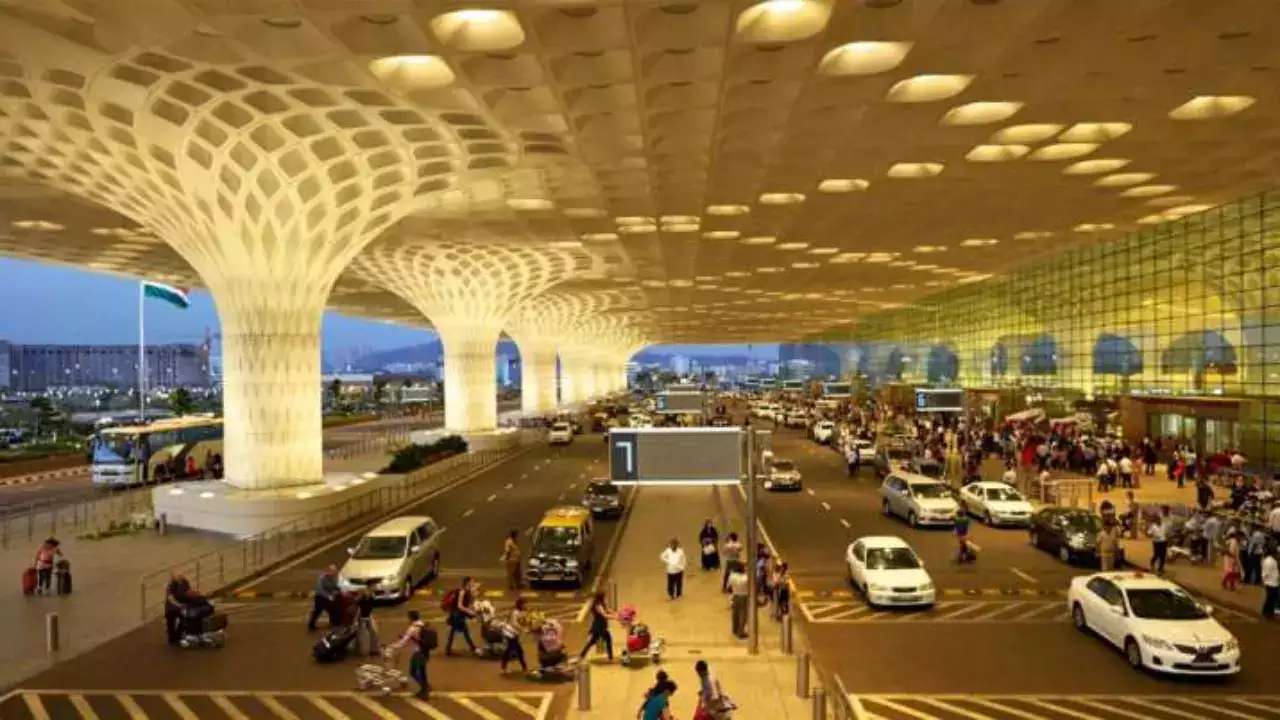



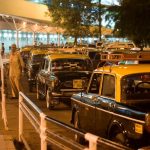
No responses yet